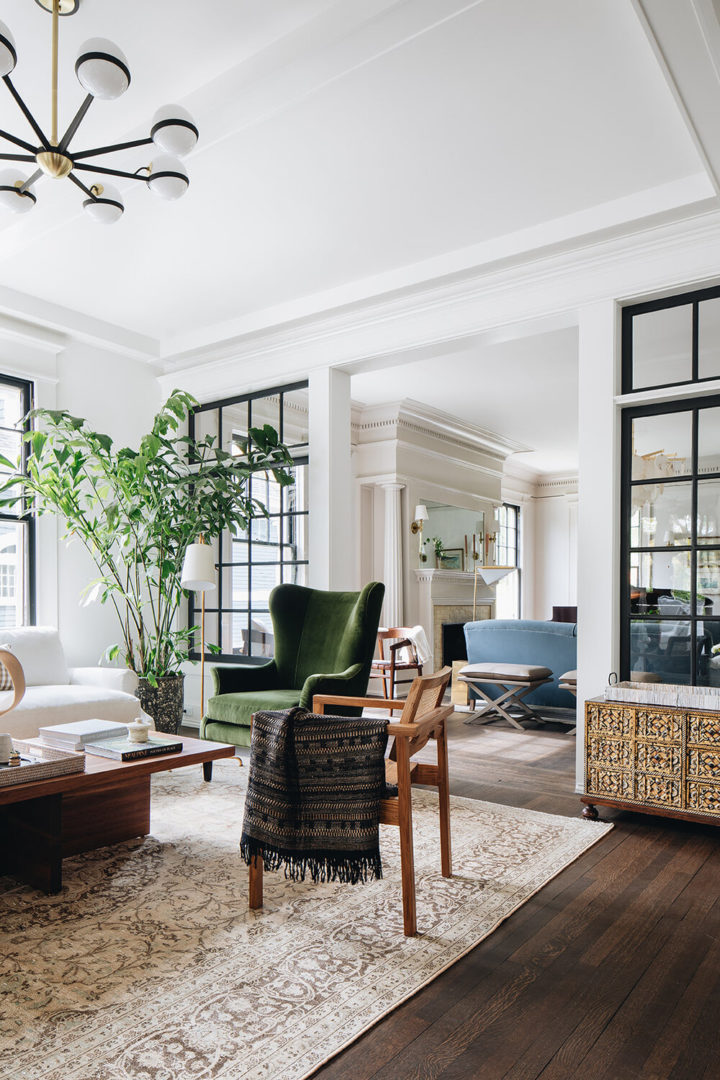Choose expert interior design firms to craft elegant interiors.
Choose expert interior design firms to craft elegant interiors.
Blog Article
Transform Your Home With Crucial Concepts of Interior Decoration and Looks
By recognizing the influence of shade theory and the significance of texture and patterns, one can develop spaces that are not just aesthetically attractive but additionally deeply individual. Accomplishing this stability entails more than mere decor; it includes a tactical setup and a keen understanding of how each component engages within a space.
Recognizing Color Theory
Color theory is an essential element of interior decoration that significantly affects state of mind, assumption, and overall visual. Recognizing the principles of shade theory permits designers to develop areas that resonate psychologically with passengers while fulfilling practical requirements (Architecture Firm). Shades can be classified into 3 primary kinds: primary, additional, and tertiary. Each category plays a vital role in developing consistency within a space.
The mental influence of colors is extensive; warm hues such as reds and oranges stimulate energy and warmth, while cool tones like blues and eco-friendlies promote calmness and harmony. In addition, making use of complementary colors boosts aesthetic interest, developing striking contrasts that can boost a space's appeal.
Neutral colors, on the various other hand, offer as a versatile backdrop, enabling other style aspects to beam. It is vital to take into consideration variables such as lights and the room's purpose when picking a shade scheme, as these can modify the assumption of shades throughout the day.
Inevitably, a well-considered shade system can change a room, promoting a feeling of comfort and style that aligns with the residents' choices. Mastery of color theory is, for that reason, a vital skill for any indoor designer aiming to produce harmonious and welcoming atmospheres.
Achieving Equilibrium in Layout
Just how can designers achieve a feeling of equilibrium in their rooms? Achieving balance in layout is essential to creating unified interiors.
Unbalanced balance, on the other hand, depends on varying components that still attain a cohesive look. This technique enables more dynamic and informal plans, supplying rate of interest while preserving stability. By very carefully choosing varying sizes, shades, and appearances, developers can produce a visually compelling area that feels balanced yet energetic.
Radial equilibrium stresses a central prime focus with aspects emitting outside. This design is frequently seen in circular formats, where furnishings and style develop a natural surround that attracts the eye inward.
Ultimately, accomplishing balance needs thoughtful factor to consider of range, percentage, and the partnerships in between aspects. interior design firms. By skillfully applying these equilibrium concepts, developers can change spaces right into atmospheres that feel both aesthetically pleasing and functionally harmonious, enhancing the overall experience for owners
Importance of Spatial Recognition

An eager sense of spatial recognition enables developers to determine centerpieces within a room, directing the audience's focus to essential attributes while maintaining an overall feeling of unity. It likewise aids in the strategic positioning of lights, which can dramatically affect the perception of room and mood. Recognizing spatial relationships makes it possible for the developer to provide to the particular requirements of residents, making sure that each area serves its intended objective without jeopardizing looks.
Inevitably, spatial awareness is crucial for maximizing the capacity of any type of interior area. By very carefully considering the interplay between measurements, design, and function, developers can create settings that not only fulfill sensible needs yet also stimulate a feeling of convenience and click here to find out more appeal, boosting the general living experience.
Incorporating Texture and Patterns
Embracing a diverse variety of structures and patterns can substantially enhance the aesthetic and tactile allure of an indoor area. The tactical use various products-- such as wood, steel, fabric, and rock-- develops depth and passion, making a room feel much more welcoming and vibrant. Incorporating smooth surface areas with rough appearances can develop a balance that draws the eye and involves the senses.
When including patterns, consider both range and rep. Large patterns can work as centerpieces, while smaller sized, refined styles can complement other elements without overwhelming the room. Layering patterns, such as pairing floral pillows with striped throws, includes intricacy and a sense of consistency if carried out thoughtfully.
It is also critical to maintain a cohesive color scheme, guaranteeing that structures and patterns collaborate as opposed to contend for focus. By choosing a couple of vital structures and patterns, you can create a merged visual that mirrors your personal style while boosting the overall ambiance of the space. Inevitably, the cautious incorporation of these aspects can transform an ordinary space into an advanced atmosphere abundant with character and warmth.
Personalizing Your Area
Producing a space that reflects your personality is crucial to attaining a truly welcoming environment. Customization in interior decoration permits you to instill your special style and interests right into your home, transforming it from a plain More Info sanctuary right into a refuge that talks to that you are. Begin by selecting a color scheme that reverberates with your emotions-- bold tones can stimulate, while soft tones use harmony.
Include artwork and decoration that mirror your enthusiasms, whether it be helpful site travel, nature, or abstract ideas. Presenting personal collections, such as publications, pictures, or mementos, can evoke cherished memories and create focal factors within a room. Additionally, consider tailoring functional pieces, like upholstered furniture, to straighten with your aesthetic choices.

Conclusion
Finally, the makeover of a home via the important principles of indoor design and aesthetic appeal necessitates a detailed understanding of shade theory, equilibrium, spatial understanding, texture, and customization. Each aspect contributes significantly to producing a harmonious and useful living atmosphere - luxury interior design. By attentively incorporating these concepts, people can improve the aesthetic charm and emotional vibration of their rooms, eventually fostering a home that reflects special identifications while providing comfort and usefulness
Report this page